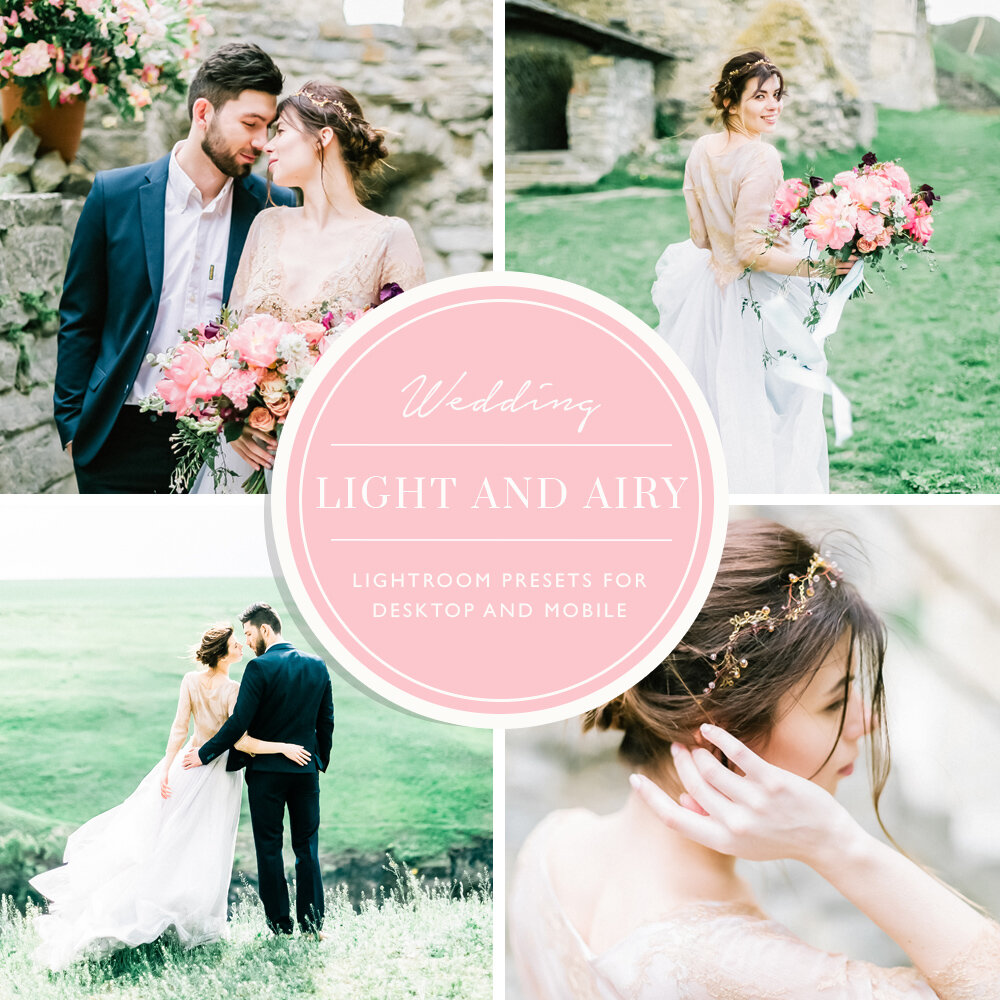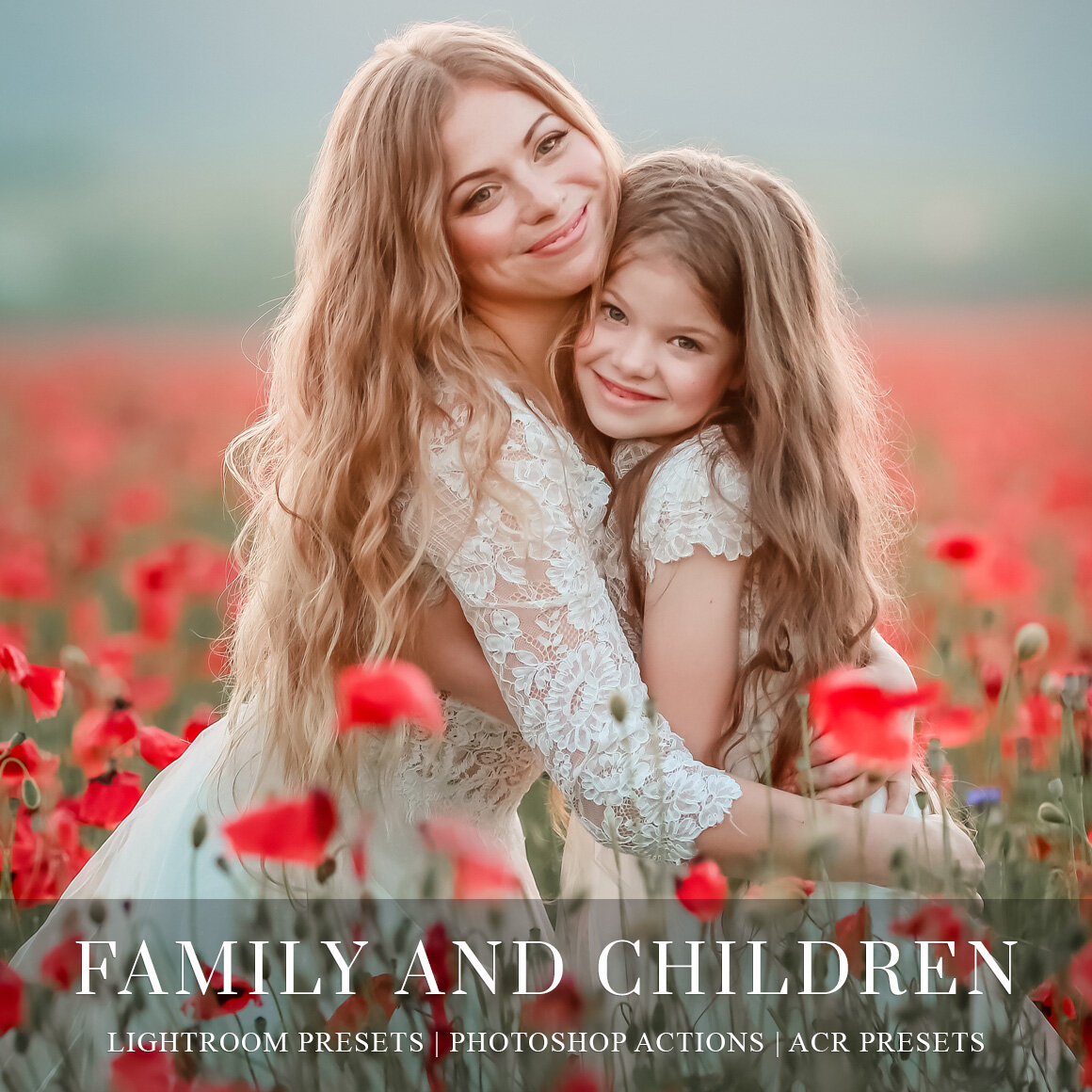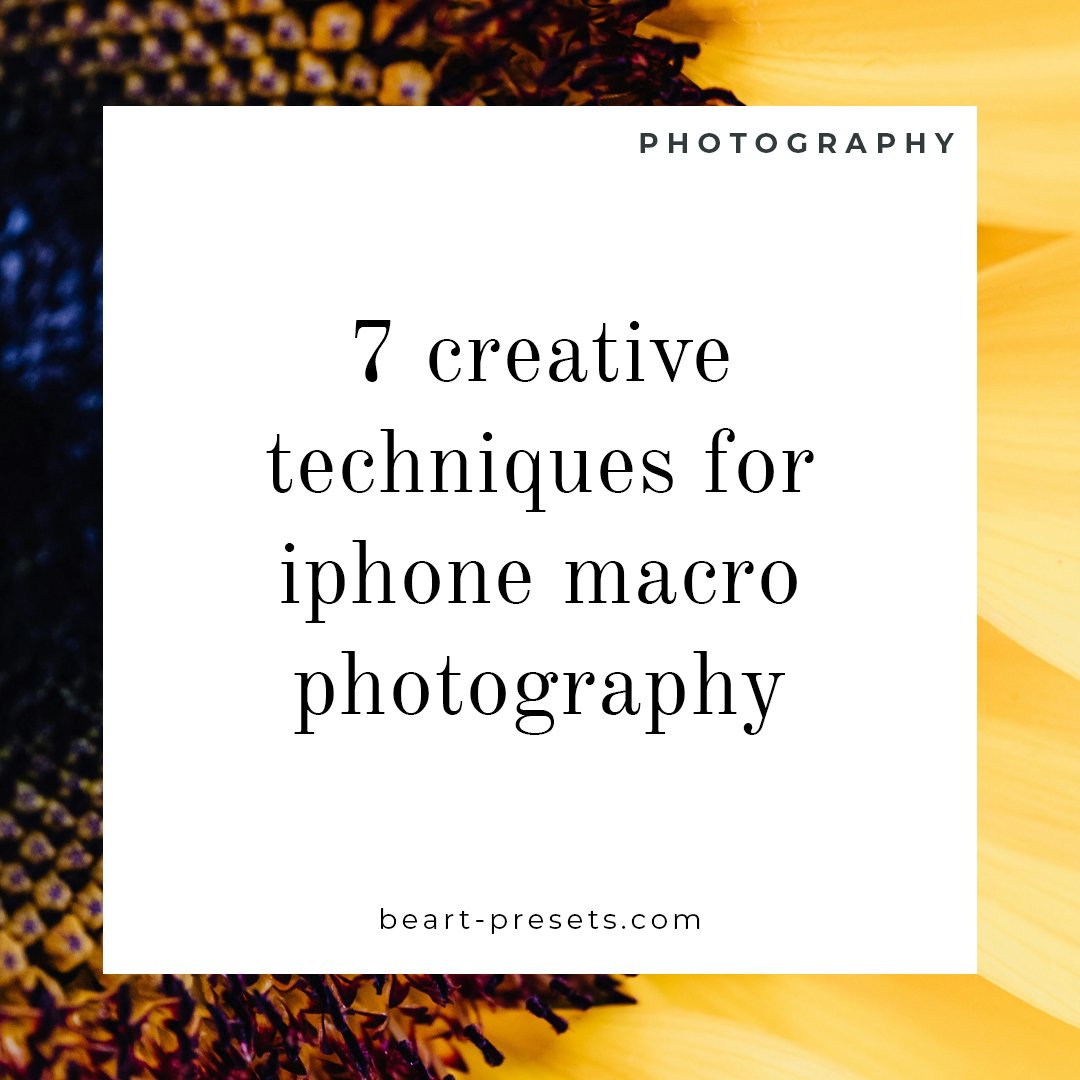The Influence of Photography on the World of Fashion
Introduction
Photography has played a transformative role in the evolution of the fashion industry. From the early days of black-and-white images to the high-resolution, digitally manipulated photographs of today, the lens has been a powerful tool in shaping and defining fashion trends. This article explores the profound impact that photography has had on the fashion industry, spanning from its inception to the contemporary digital age.
Historical Perspective
Birth of Fashion Photography
The marriage of fashion and photography can be traced back to the mid-19th century. Before the advent of photography, fashion illustrations were the primary means of depicting clothing styles. However, with the invention of the daguerreotype in 1839, photographers began capturing fashion in a more realistic and tangible way.
One of the pioneers of fashion photography was Baron Adolphe de Meyer, who gained prominence in the early 20th century. His work for publications like Vogue and Harper's Bazaar helped establish photography as a legitimate and influential medium for showcasing fashion.
The Golden Age of Fashion Photography
The mid-20th century witnessed the emergence of iconic fashion photographers like Richard Avedon, Irving Penn, and Helmut Newton. Avedon's dynamic and expressive shots, Penn's minimalist and elegant compositions, and Newton's provocative and avant-garde approach collectively shaped the visual language of fashion.
These photographers not only captured clothing but also conveyed emotions, stories, and societal shifts through their lens. Avedon's famous photograph of Dovima with elephants and Penn's Clinique advertisement are examples of how fashion photography transcended its commercial purpose and became a form of artistic expression.
Shaping Trends and Identities
Defining Beauty Standards
Fashion photography has played a crucial role in defining and redefining beauty standards. In the mid-20th century, models like Twiggy challenged traditional notions of beauty with her androgynous look, while in the 1990s, the rise of the supermodels – Cindy Crawford, Naomi Campbell, and others – brought a new era of diversity and empowerment to the industry.
Photography not only captured these shifts but actively contributed to the creation of new ideals. The lens became a tool for promoting inclusivity, celebrating uniqueness, and challenging preconceived notions of beauty.
Influence on Fashion Trends
The symbiotic relationship between fashion and photography is evident in the way trends are disseminated. Before the digital age, fashion magazines were the primary medium through which consumers discovered new styles. The carefully curated editorial spreads and covers showcased the latest designs and dictated what was considered fashionable.
Photographers collaborated with designers, stylists, and models to create compelling narratives that elevated clothing from mere garments to storytelling devices. The visual impact of these collaborations not only influenced consumer behavior but also shaped the very definition of what constituted "fashionable."
Technological Revolution
Digital Photography
The advent of digital photography in the late 20th century marked a seismic shift in the industry. The immediacy and cost-effectiveness of digital images revolutionized the production and dissemination of fashion photography. This shift democratized the field, allowing emerging photographers to experiment and showcase their work more easily.
Digital photography also brought about new possibilities in image manipulation and post-production. Photoshop, Lightroom and other editing tools, Actions for Photoshop or Presets for Lightroom, became integral to the fashion photography process, enabling photographers to create surreal and fantastical images that pushed the boundaries of creativity.
Social Media and Fashion Blogging
The rise of social media platforms like Instagram, Pinterest, and Tumblr transformed the way fashion is consumed and shared. Fashion bloggers and influencers, armed with smartphones and digital cameras, became powerful arbiters of style. The immediacy of social media allowed trends to spread globally in real-time, challenging the traditional hierarchy of fashion influence.
Photography became more democratic, with anyone able to participate in shaping fashion narratives. Brands started collaborating with influencers, and fashion weeks became accessible to a global audience through live streams and social media updates.
Challenges and Criticisms
Unrealistic Beauty Standards
While photography has been instrumental in challenging traditional beauty norms, it has also been criticized for perpetuating unrealistic standards. The extensive use of photo editing tools to enhance models' appearances has raised concerns about the impact on body image and self-esteem.
In response to these concerns, there has been a growing movement towards unretouched and raw imagery. Some fashion brands and magazines have embraced a more authentic portrayal of models, recognizing the influence they have on societal perceptions of beauty.
Lack of Diversity
Despite progress in promoting diversity, the fashion industry, and consequently fashion photography, still grapple with issues of representation. Historically, there has been a lack of diversity in terms of race, body size, age, and gender in mainstream fashion photography. Critics argue that the industry needs to do more to reflect the true diversity of its audience.
The Future of Fashion Photography
Sustainability and Ethical Practices
As the fashion industry faces increased scrutiny for its environmental impact, there is a growing demand for sustainable and ethical practices. This shift is reflected in photography, with a focus on promoting slow fashion and responsible consumption. Photographers are exploring ways to convey the beauty of eco-friendly and ethical fashion through their lens.
Virtual and Augmented Reality
The integration of virtual and augmented reality technologies is poised to revolutionize the way consumers experience fashion. Virtual fashion shows and augmented reality try-on experiences allow individuals to engage with fashion in immersive ways. Photographers are adapting to these technologies, exploring new ways to capture and showcase clothing in the digital realm.
Conclusion
The impact of photography on the fashion industry is multifaceted, shaping trends, influencing perceptions of beauty, and driving cultural narratives. From its humble beginnings in the 19th century to the digital age of today, fashion photography has evolved in tandem with societal changes, technological advancements, and shifts in consumer behavior.
As we look to the future, the role of photography in the fashion industry will likely continue to evolve. Sustainability, diversity, and technological innovation will be key drivers, shaping a new era of fashion photography that is not only visually compelling but also socially and environmentally conscious.
Get Free Presets for Lightroom created by top photographers to update your presets collection, save down on editing time, and open up new artistic horizons.



















